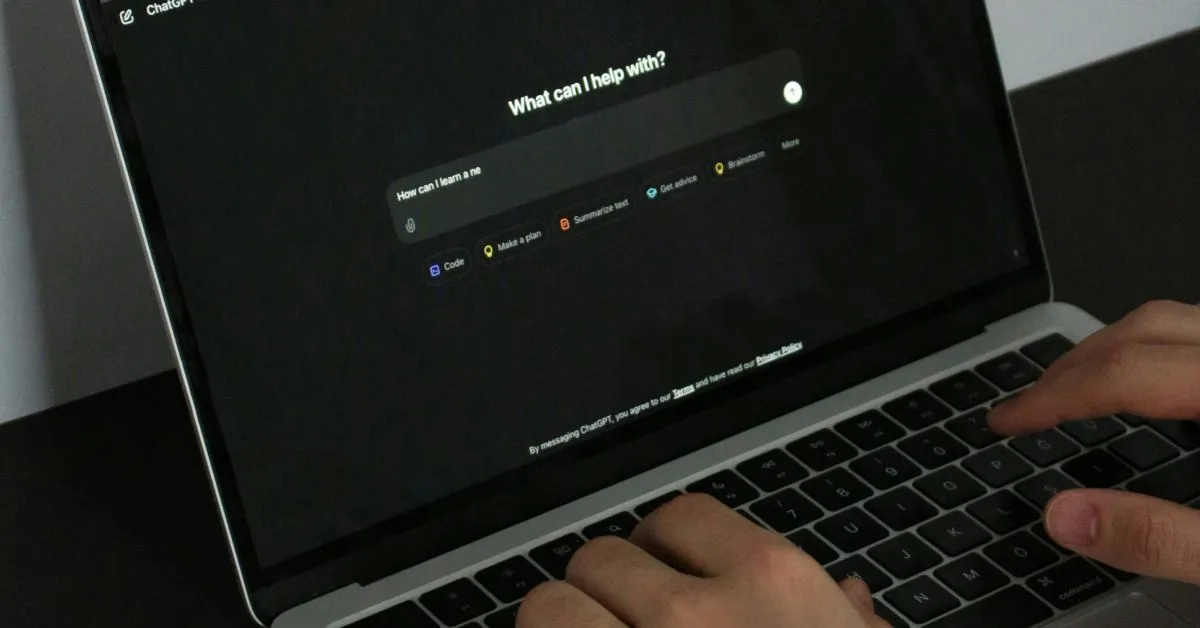What is Prompt Engineering?
Prompt engineering is the practice of crafting inputs (called “prompts”) in a way that helps large language models (LLMs) like ChatGPT, Gemini, Claude, Grok, LLaMA and others give more accurate, helpful, or creative responses.
LLMs don’t “understand” in a human way: they generate responses based on patterns they’ve learned from text data. So, the better your prompt, the better the output.
Prompt engineering is especially important when you’re building apps or tools that rely on LLMs, but it’s also helpful and useful if you’re just using them day-to-day.
Why does prompt engineering matter?
LLMs can do a lot—but they’re very sensitive to how you ask things. A poorly worded prompt might give you an incomplete answer, or something totally off-topic. Prompt engineering helps you:
Get more relevant answers.
Improve accuracy.
Guide the model’s tone, style, or format.
Avoid misunderstandings or hallucinated answers.
Types of prompting
There are a few key techniques in prompt engineering:
Zero-shot prompting
This is the simplest kind of prompt: you just ask the model to do something, without giving any examples.
Example:
Translate the following sentence to French: “How are you?”
LLMs are trained on massive datasets, so they often understand what you mean even without examples. But sometimes, the results are vague or inconsistent.
One-shot prompting
In a one-shot prompt, you give one example of what you want before your actual input. This helps the model better understand your expectations.
Example:
Translate the following sentence to French.
Example: English: “Good morning” French: “Bonjour”
Now translate: English: “How are you?” French:
This small change often improves output quality because the model sees what kind of format or style you’re expecting.
Few-shot prompting
This technique provides several examples before the prompt. It works well when the task is more complex or the model needs a clearer idea of the pattern to follow.
Example:
Classify the sentiment of each sentence as Positive, Neutral, or Negative.
Example 1: “The movie was amazing!” → Positive
Example 2: “It was okay, not great.” → Neutral
Example 3: “I didn’t enjoy it at all.” → Negative
Sentence: “I really liked the acting but the story was slow.” →
The model learns the pattern from your examples, then applies it to the new input.
Other prompt engineering techniques
Chain-of-thought prompting
This method encourages the model to think step-by-step before answering. It’s great for math, logic, or complex reasoning.
Example:
Question: If there are 3 apples and you eat 1, how many are left?
Let’s think step by step.
The model will now likely walk through the math before giving a final answer.
Role prompting
Here, you assign the model a role to guide its tone and knowledge.
Example:
You are a professional resume writer. Help me improve the following paragraph: “I worked at a coffee shop and managed inventory.”
Assigning a role helps the model act more specifically and produce more tailored results.
Instruction tuning vs prompt tuning
These terms refer to how models are trained:
Instruction-tuned models (like ChatGPT) are trained to follow natural language instructions. Prompt engineering works better on them.
Prompt-tuned models are trained with specific keywords or inputs. These are usually used in developer settings and require more technical tuning.
Wrapping up
Prompt engineering is like learning to speak the LLM’s language. You don’t need to be a developer to use it—it’s about being clear, structured, and intentional in what you ask.
The good news? You don’t need to be perfect. With a little practice and the right techniques, any person can get great results from those fancy AI tools.
Try experimenting with zero-shot, one-shot, and few-shot prompts next time you use an LLM—you’ll see the difference. I hope this article helps you get better results from your prompts 👋 Until next time!
